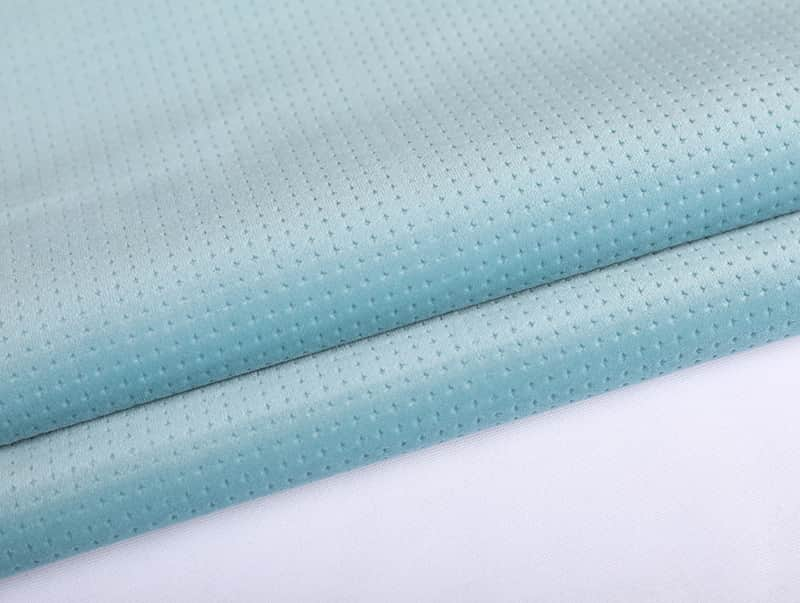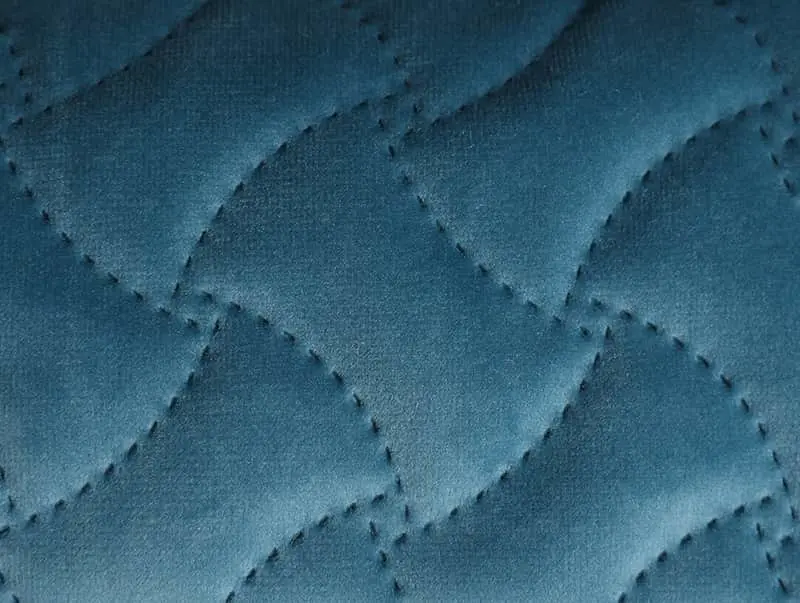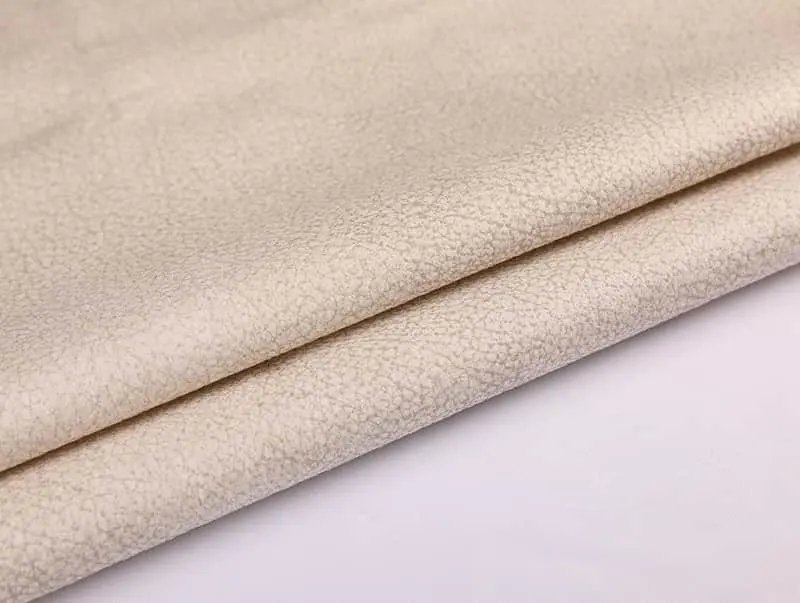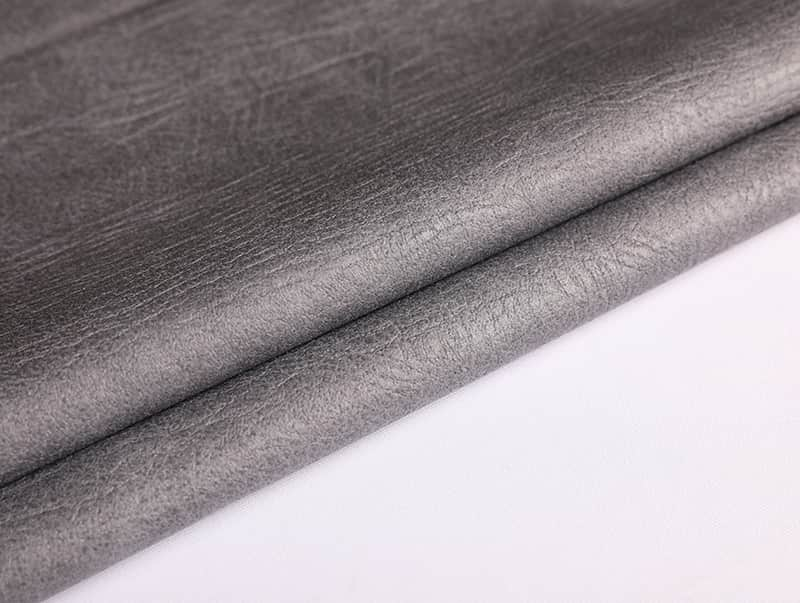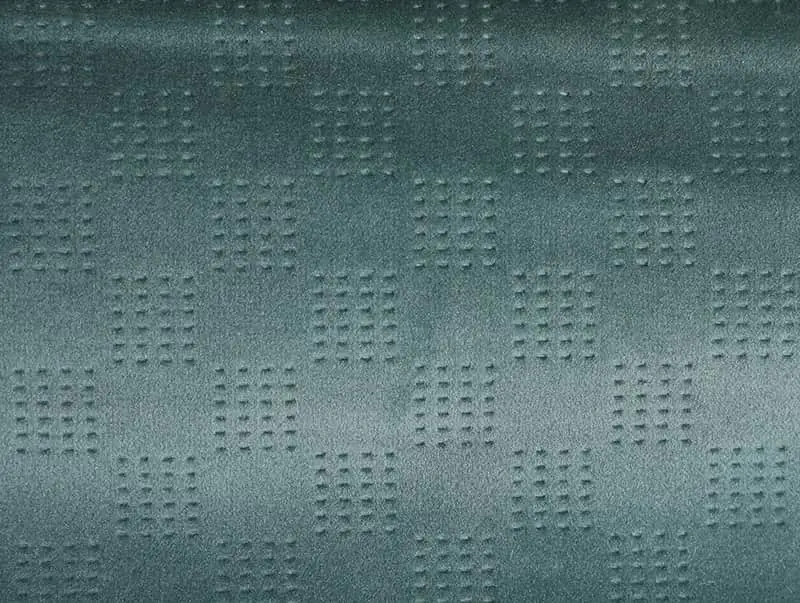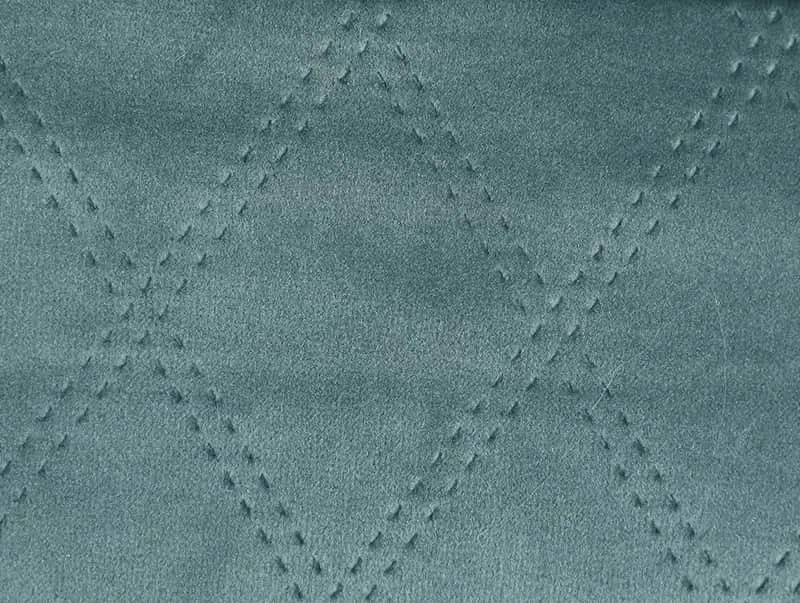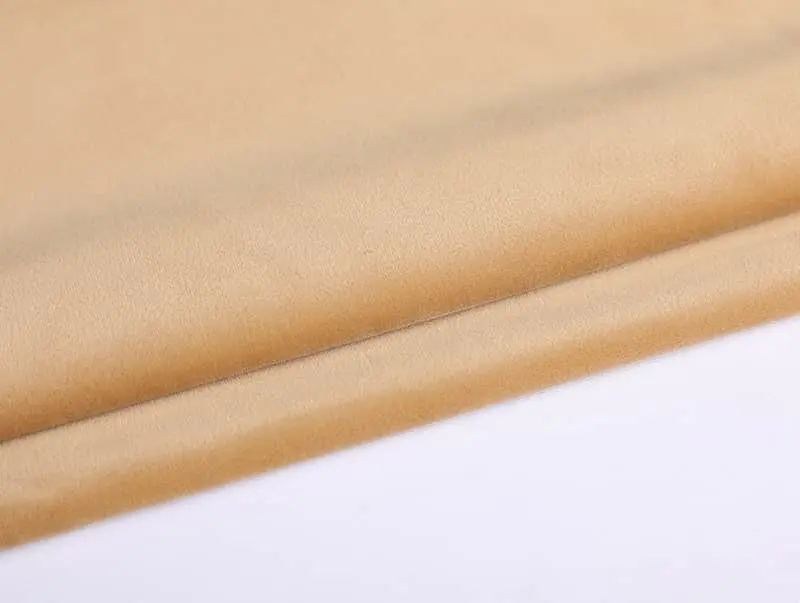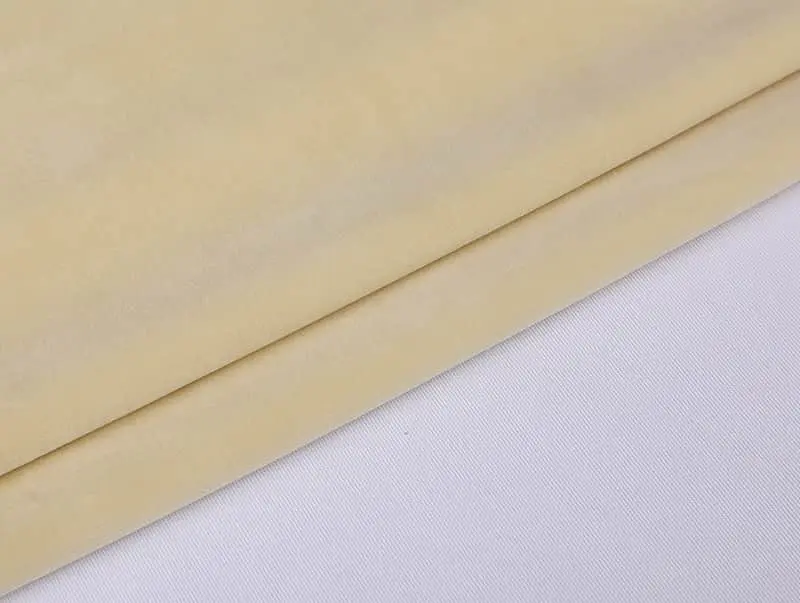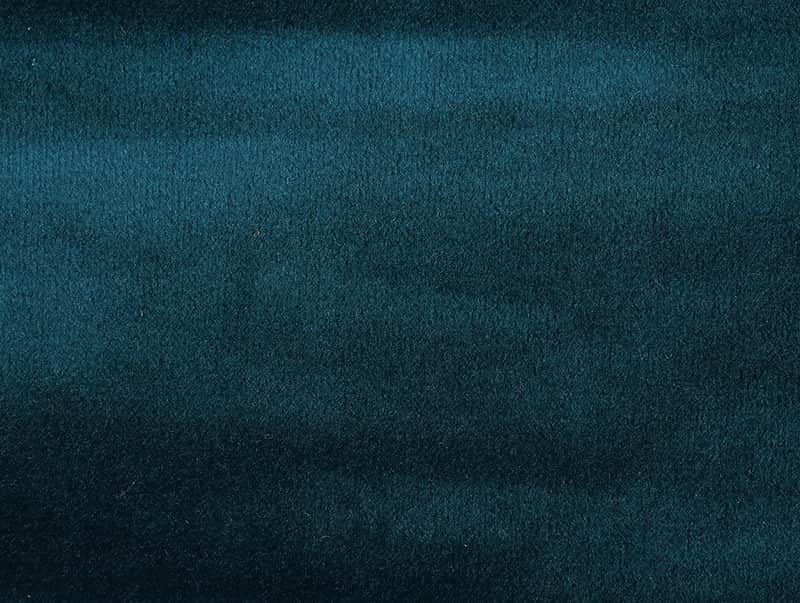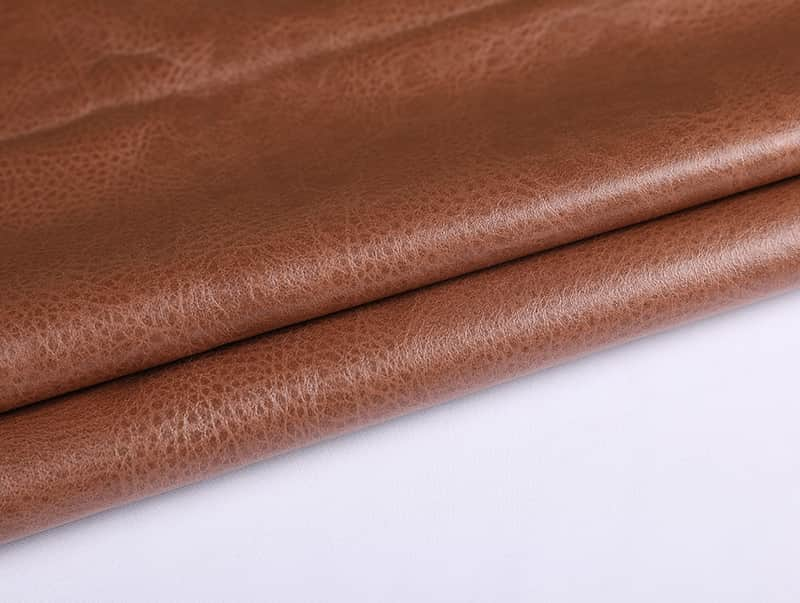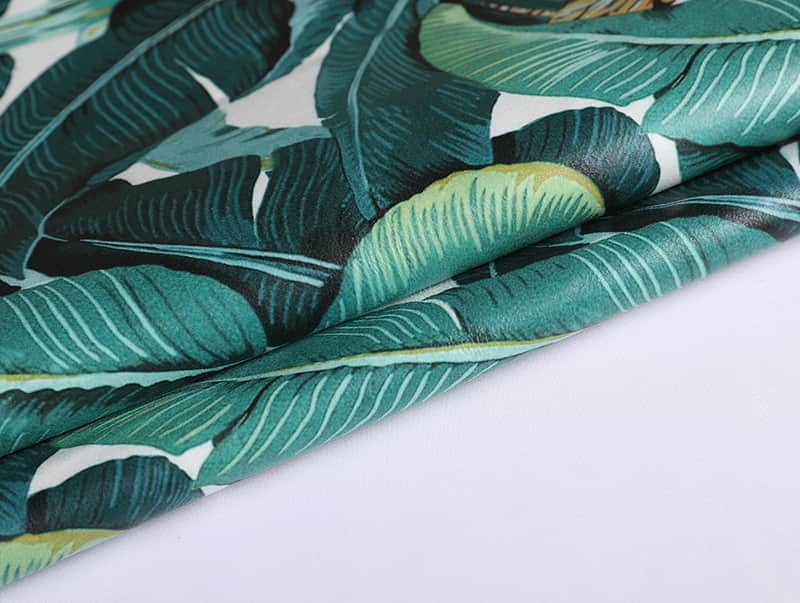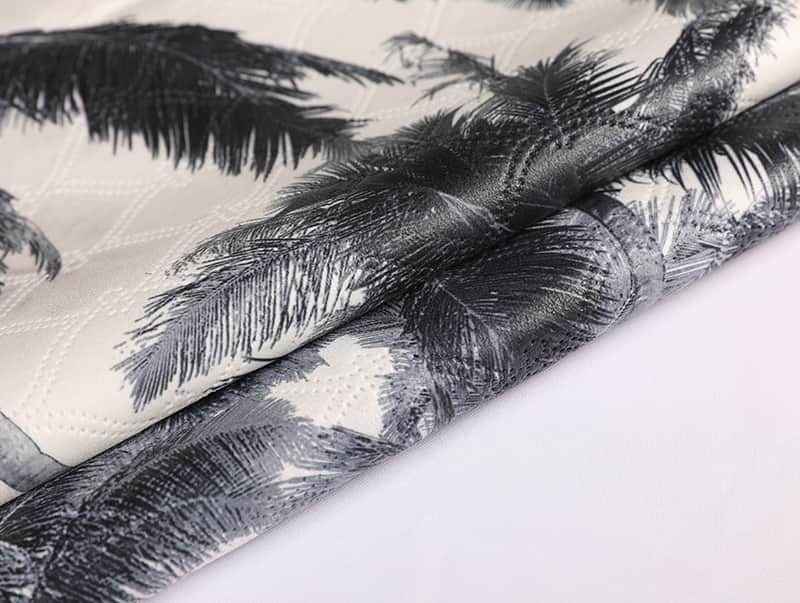1. Combed cotton extra-fine yarn
The quality requirements of cotton extra-fine yarns are high, and it is difficult to grasp the requirements for single yarn strength and hairiness during spinning. Using compact spinning technology can solve this problem well.
2. Linen spinning
The ramie yarn spun by the traditional ring spinning method has long hairiness and more hairiness. The cost of singeing in the post-processing process is very high. The compact spinning technology is used to transform the flax spinning frame. The hairiness of hemp yarn is greatly reduced, and the disadvantages of traditional ramie yarn such as many hairiness, surface hairiness and obvious defects are improved.
3. Wool spinning
Compared with cotton fiber, wool fiber has lower strength but good elongation performance. And compact spinning can increase yarn strength. Practical application shows that wool compact spinning can improve yarn thickness, strength and elongation more significantly
4. Yarn-dyed products
The domestic introduction of compact spinning equipment and devices, and the use of compact spinning yarns began with yarn-dyed weaving. At present, the yarn-dyed industry uses the compact yarns. In Europe, 80% of men's shirt fabrics use compact spinning.
5. Grey cloth products
The currently used varieties are mainly high-count and high-density fabrics, such as: JC 80*80 feather-proof fabric, JC 60*60 twill fabric, JC 40*40 direct tribute, compact spinning is compared with traditional ring spinning: warping Broken ends can be reduced by 30%.
6. Knitwear
Compact yarns also have strong advantages when applied to knitted fabrics, and the currently used varieties include casual wear. High-end underwear, sportswear, T-shirts, etc. Apply compact yarn. The cloth surface has less hairiness, and the singeing process can often be omitted; the cloth surface has clear textures, and the quality of the cloth is significantly improved; and there are fewer broken ends. Increased production efficiency. The overall benefit is relatively high.
www.chinasofafabric.com
